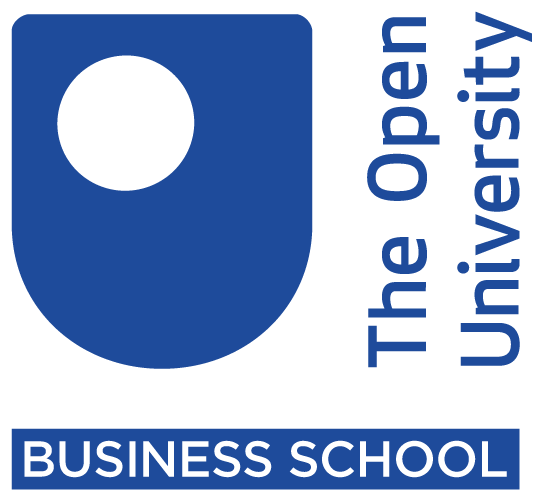I am one of a group of academics who have studied how social inequality accumulates and how initial differences in opportunities and rewards can shape a person’s prospects in the workplace.
Our work found that meritocracy is often a myth – getting ahead in the workplace is not always based on merit. We have also identified how HR practitioners can play a key role in decelerating the growth of inequality.
Is career success a choice or a privilege? Some would argue that it is a choice and that success is based on how we apply our competencies. But choice does not happen in a vacuum.
In reality, career success depends on both internal competencies that we can control and external factors that are largely outside our control, such as access to top schools; career breaks to raise a family; working part-time to accommodate care responsibilities; pre-existing pay gaps or access to training opportunities.
Many organisations are conscious of these vulnerabilities and numerous examples of good practice exist on how equality and diversity can be supported in the workplace.
However, inequality can accumulate over time, making it slippery to identify or manage. Akin to the butterfly effect, small differences in initial opportunities can lead to large gaps later.
New research from academics in the UK, the Netherlands, Belgium and Germany has identified how this can happen: initial differences in opportunities and rewards can shape performance and/or the availability of subsequent opportunities and rewards.
Therefore inequalities that may be brushed off as insignificant at a fixed point in time may in fact have a very significant impact over time. For example, we may wish to assess if promotion procedures are biased against women in a company where men are over-represented in senior positions.
A bias of 1% against women is likely to be dismissed as insignificant, suggesting that men’s over-representation in senior positions is based on different life/career choices or higher merit.
However, across an eight-level organisational hierarchy, a bias of 1% becomes significant, such that women represent just 35% of the most senior positions due to the accumulation of gender bias.
Through this accumulation process, some employees who – because of their demographics or factors other than merit– do not have access to the same opportunities and rewards as other employees may become more vulnerable to inequalities (for example, parents, women, minorities, younger or older workers).
Through our research we identified nine different mechanisms that can promote the accumulation of inequalities, including stereotypes, erroneous attributions of status/competencies, differences in social capital, and structures that result in unequal access to opportunities and rewards by benefiting specific groups (e.g. ‘winner-take-all’).
In times of crisis, balances and tensions are tested. Major socioeconomic or public health crises can aggravate pre-existing vulnerabilities and deepen inequalities.
For example, the restrictions and changes due to the pandemic (such as working from home, unemployment, school closures) are exposing challenges that parents experience such as balancing work and childcare. However, crises are also opportunities.
During this ongoing pandemic, workplaces can be conduits of social equality. This can be achieved by ensuring that everyone has access to the same opportunities and rewards, identifying the most vulnerable and their needs, and monitoring any attitudes or behaviours that can fuel inequalities.
Senior leaders have a key role in rooting equality in the core of an organisation’s policies, procedures and structures. And line managers must promote positive working relationships and equal access to opportunities and rewards.
Career success is one example of how social inequality can accumulate over time. The pandemic offers fertile ground for widening social inequalities, but the workplace is as much a conduit for augmenting as well as reducing and even reversing inequality.
Maria Karanika-Murray is associate professor in occupational health psychology at Nottingham Trent University
The above article appears in the July/August 2020 print issue. Subscribe today to have all our latest articles delivered right to your desk.









